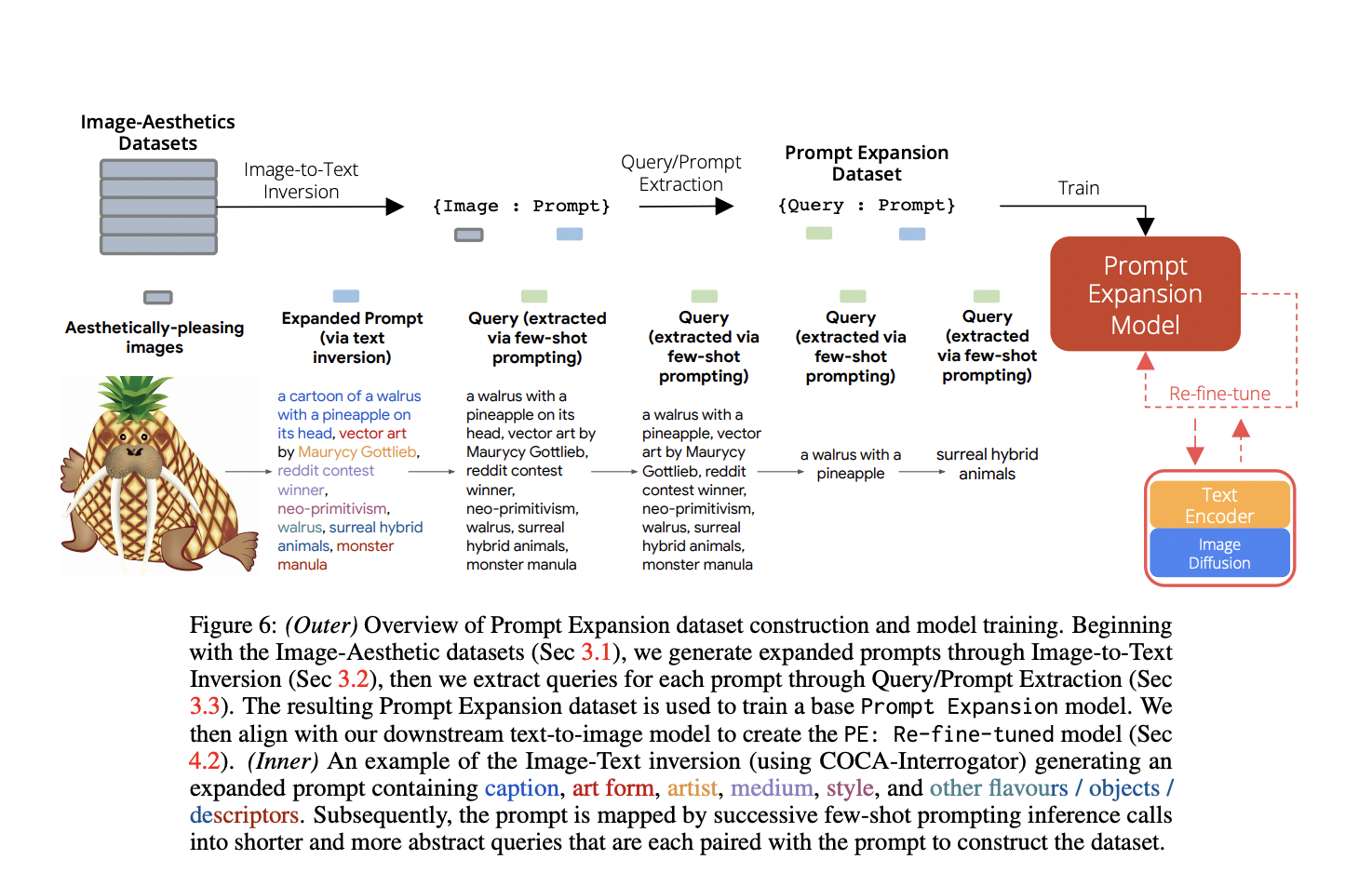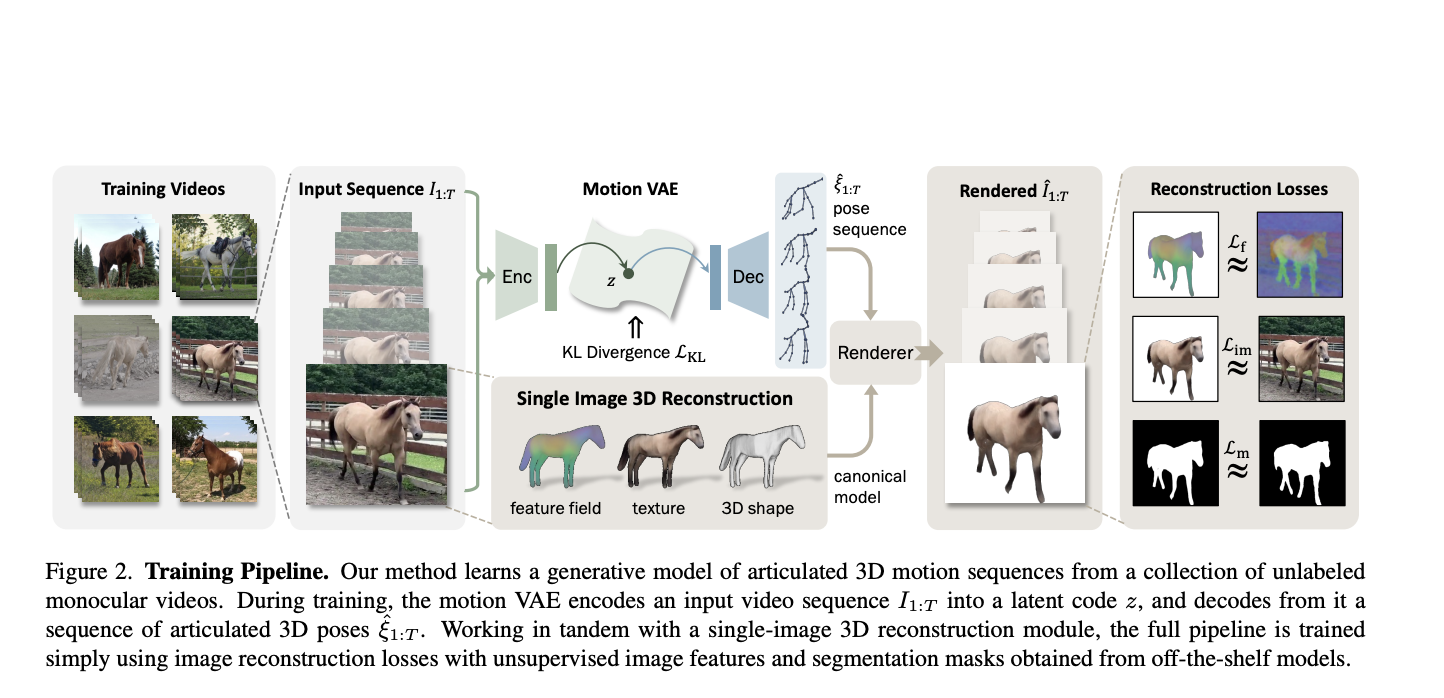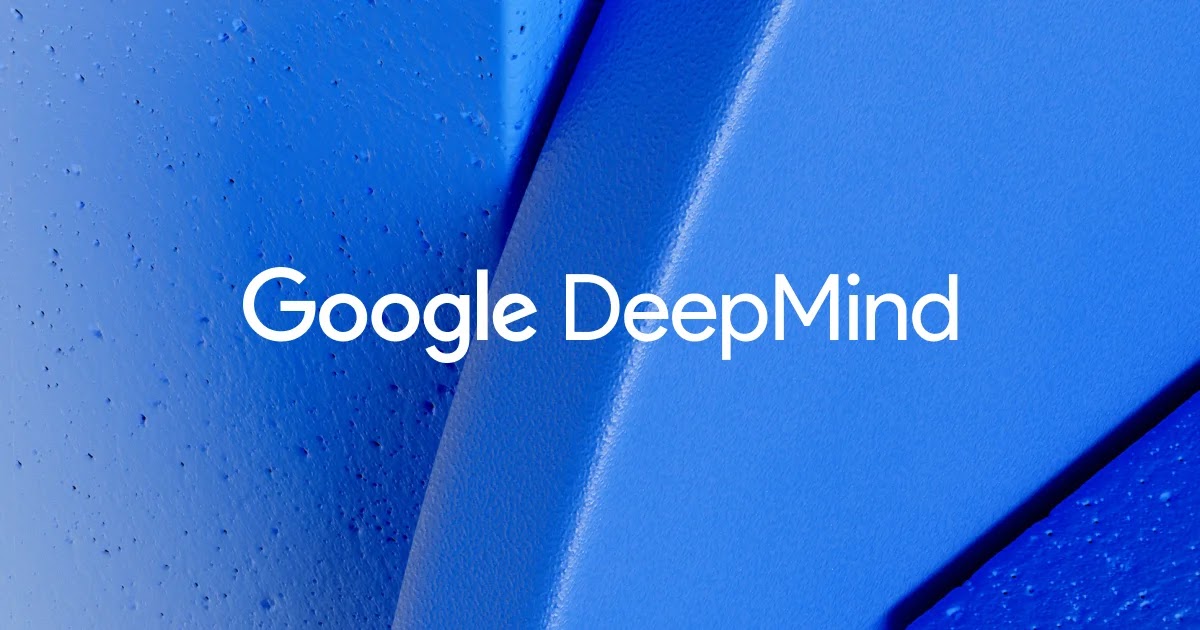For our first ever 'Five minutes with' we caught up with Kevin Millikin, a software engineer on the DevTools team. He’s in Salt Lake City this week to present at PyCon US, the largest annual gathering for those using and developing the open-source Python programming language. At DeepMind... I build bespoke software tools for our…











